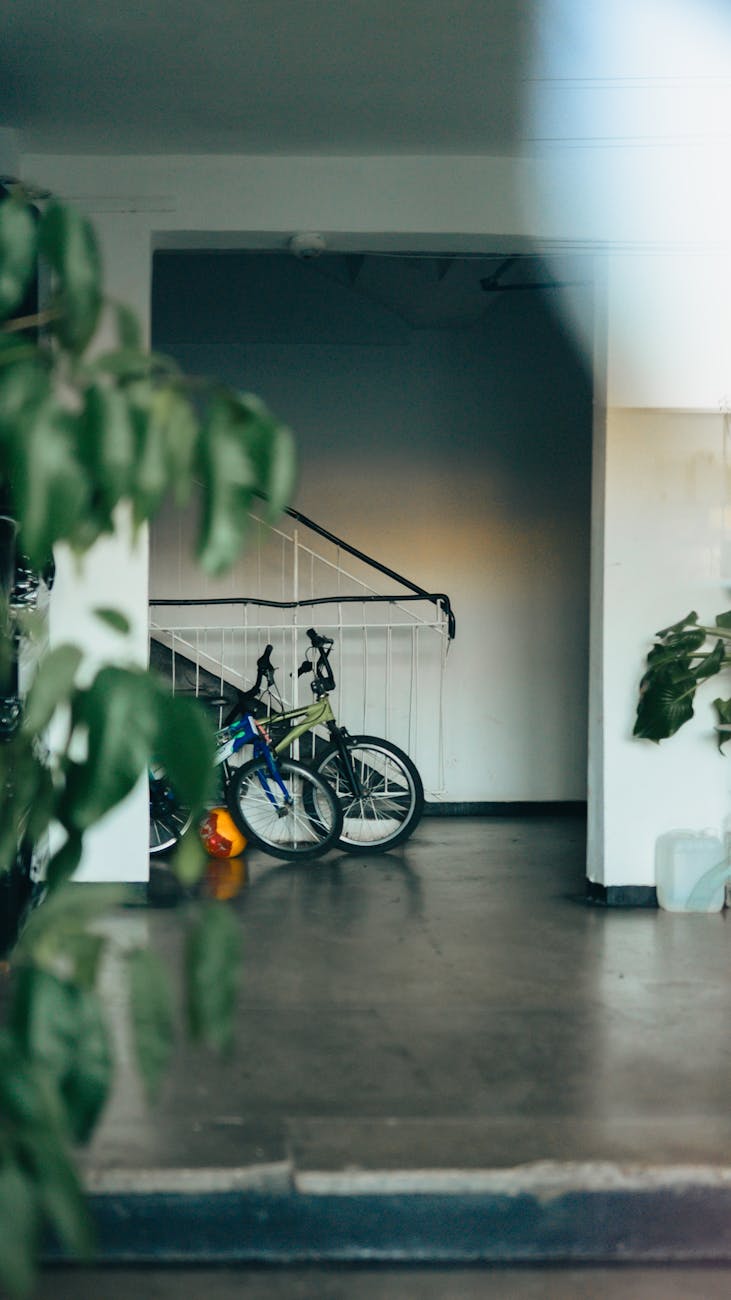Minimalist Design: Unlocking the Power of Simplicity in Modern Living
In today’s fast-paced world, where distractions abound and the complexity of life can feel overwhelming, minimalist design emerges as a beacon of clarity and peace. This approach emphasizes the beauty of simplicity, encouraging individuals to curate their spaces and lives with intention. A minimalist design doesn’t merely strip away the unnecessary; it elevates the essentials, allowing for a sense of calm, focus, and functionality in our living environments. Throughout this article, we will explore the principles of minimalist design, its benefits in modern living, practical applications for homes, and tips for adopting a minimalist mindset, ultimately revealing how simplicity can enhance quality of life.
The Principles of Minimalist Design
Minimalist design is rooted in a few fundamental principles that guide its implementation across various domains, from architecture to interior decor. These principles prioritize functionality, simplicity, and aesthetic appeal. Key elements include:
- Clarity: A minimalist space should communicate its purpose clearly without unnecessary embellishments.
- Functional beauty: Every aspect of the design should serve a practical function while maintaining an artistic quality.
- Emphasis on essentials: The focus should be on a few well-selected items that bring value and joy, leaving behind clutter.
- Neutral color palettes: Soft, muted colors create a serene backdrop that enhances the feeling of spaciousness.
By adhering to these principles, minimalist design creates spaces that are not only visually appealing but also inherently functional, allowing inhabitants to fully engage with their surroundings.
Benefits of Minimalist Living
Embracing minimalist design can lead to numerous benefits that extend beyond aesthetics. The primary advantages include:
- Reduced stress: With fewer possessions to manage, individuals often experience a decrease in stress and anxiety levels.
- Improved focus: A clutter-free environment fosters mental clarity and enhances concentration, allowing for better productivity.
- Financial savings: Minimalism promotes mindful consumption, often leading to reduced spending and increased savings.
- Environmental consciousness: By prioritizing quality over quantity, minimalist living supports sustainable practices and reduces waste.
By eliminating excess, minimalism opens up space for personal growth, creativity, and a deeper appreciation for life’s essential elements.
Practical Applications in Home Décor
Implementing minimalist design principles within your home entails making thoughtful decisions about decor and organization. Consider the following strategies:
- Selective Furniture: Invest in multi-functional furniture pieces that serve more than one purpose, such as a sofa bed or a storage ottoman.
- Quality over Quantity: Seek timeless pieces that resonate with your style instead of filling your space with many lesser-quality items.
- Natural Light: Maximize natural light through uncluttered windows and light, airy curtains to create an open and inviting atmosphere.
- Strategic Layout: Arrange furniture to facilitate flow and movement, ensuring that essential areas remain accessible and free from obstacles.
Incorporating these practical applications not only adheres to minimalist design principles but also creates an inviting, functional home environment that enhances everyday living.
Adopting a Minimalist Mindset
Transitioning to a minimalist lifestyle extends beyond your physical surroundings—it requires a mental shift. Here are some tips to help foster a minimalist mindset:
- Practice gratitude: Regularly reflect on what you value most, helping to guide decisions about what to keep and what to let go.
- Set clear priorities: Identify what matters most in your life and allocate your time and resources accordingly.
- Declutter regularly: Make it a habit to evaluate your possessions and remove items that no longer serve a purpose.
- Limit distractions: Curate your digital spaces, such as your social media and email, to minimize digital clutter.
By cultivating this mindset, individuals can build a lifestyle that aligns with the simplicity and clarity embodied in minimalist design.
Conclusion
Minimalist design serves as a powerful approach to modern living, emphasizing the importance of simplicity and intention. By understanding its core principles, the numerous benefits it offers, practical applications for home decor, and the mindset required to embrace minimalism, individuals can transform their environments into sanctuaries of calm amidst the chaos of everyday life. More than just a design trend, minimalism encourages us to focus on the essentials, fostering a deeper connection with our spaces and ourselves. Ultimately, the journey towards simplicity can unlock a more fulfilling, intentional way of living, allowing us to appreciate the richness of life in its purest form.
Image by: Mikhail Nilov
https://www.pexels.com/@mikhail-nilov




